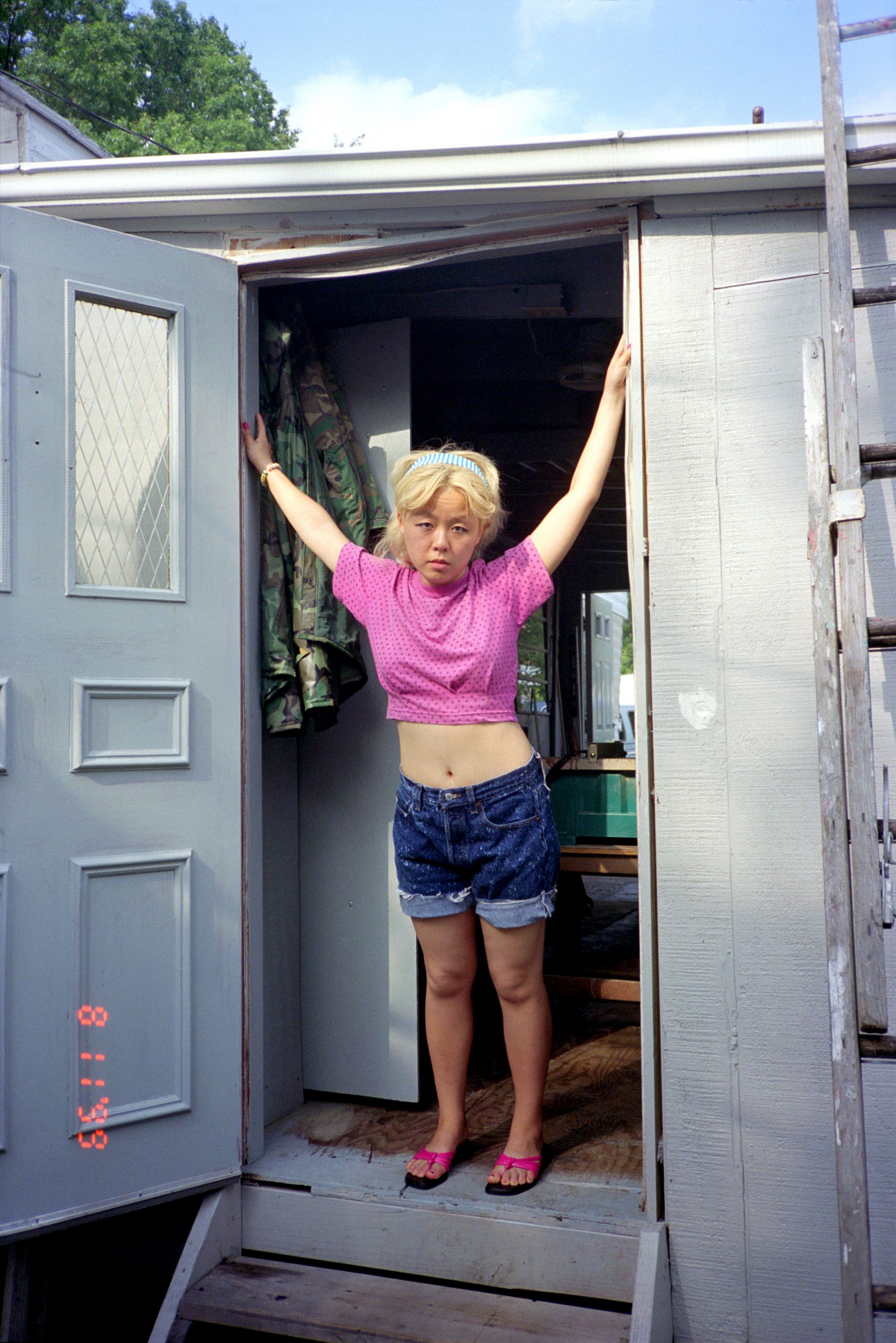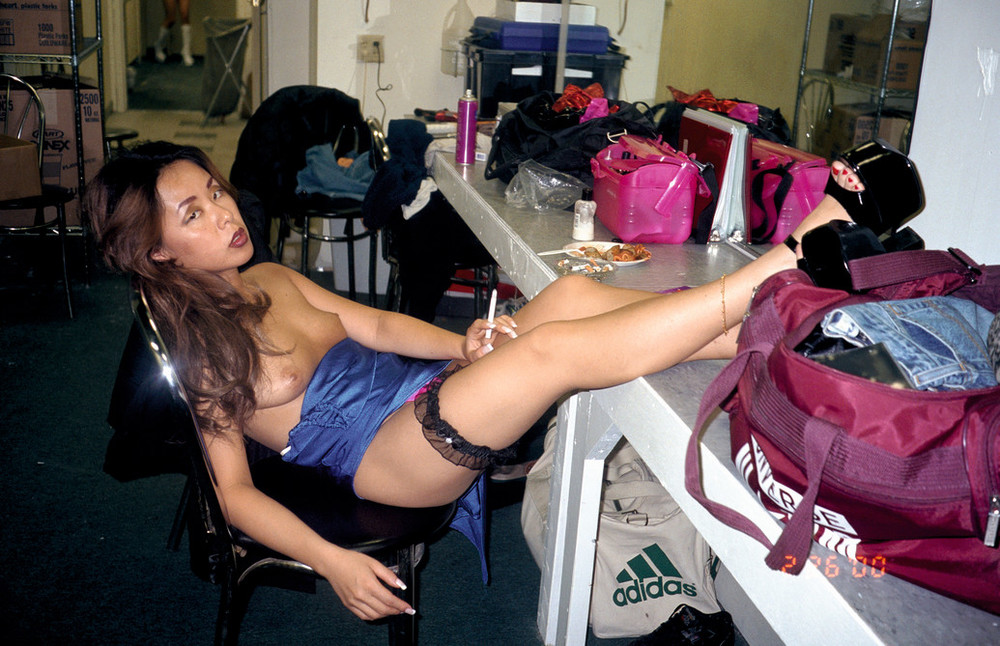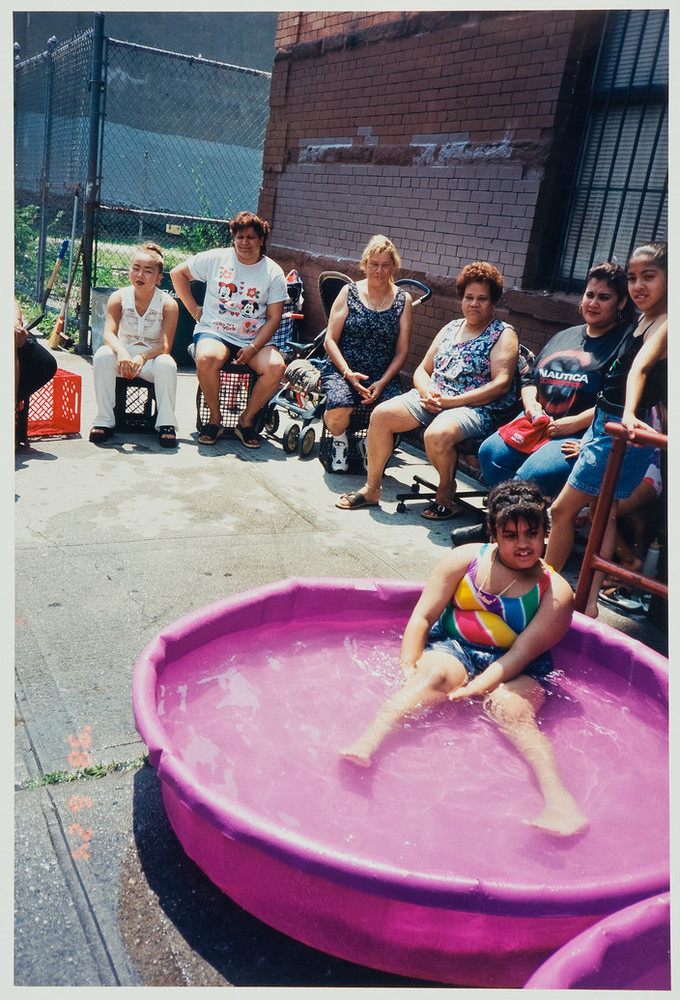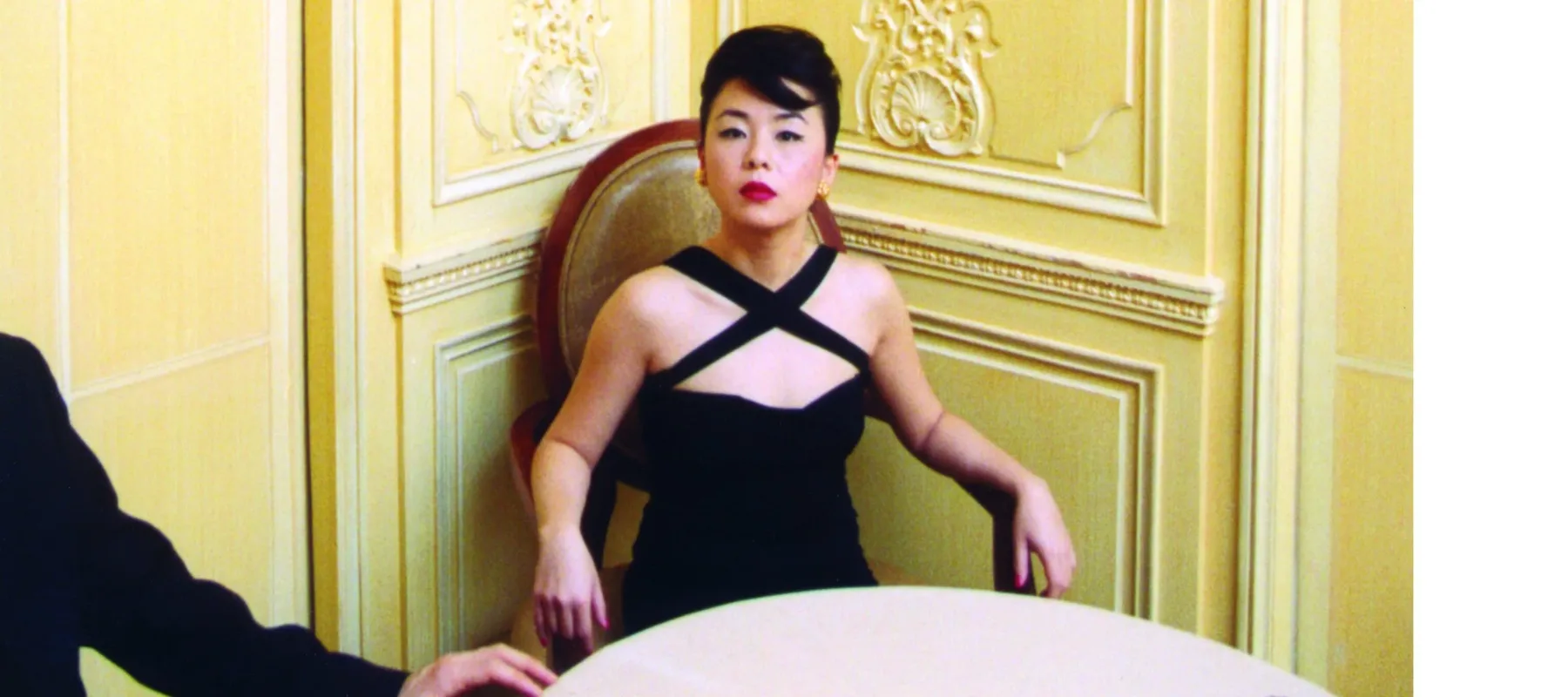Impress your friends with five fast facts about contemporary multimedia artist Nikki S. Lee (b. 1970), whose work is part of NMWA’s collection.

1. A Casual Capture
While studying fashion and commercial photography at New York University, Lee worked as an assistant to famed fashion photographer David LaChapelle. However, in her own artwork, she adopted an amateur style. Some of Lee’s photographs are snapshots taken by friends; they include motion blurs and candid scenes in which her subjects are only partly framed. “People in the street are not going to wait for you with a big camera. They would freak out. With a snapshot camera, they are comfortable,” Lee said.
2. Playing the Part
Lee strategically uses appropriation to explore race, gender, and sexuality. In her “Projects” series (1997–2001), Lee attempted to assimilate into different ethnicities and subcultures, including skateboarders, yuppies, and hip-hop fans. The series straddles a fine line between interrogating markers of identity and cultural differences and perpetuating stereotypes. In a 2020 article for Art in America, Wendy Vogel asks, “Is her work a provocation or a genuine search for connection? Does she celebrate the mutability of identity or comment on the limits of assimilation?”

3. A Photo is a Mirror
Lee believes that an individual’s essence shifts when interacting with different people. In her “Parts” series (2002–05), the artist explored the effect of relationships on identity. She took photographs with male partners, then cut them out until only she remained. Through this process, she documented an identity that shifted with each romantic relationship.
4. Documenting Another Self…and Another…
In 2006, Lee released A.K.A. Nikki S. Lee, a mockumentary that depicts two versions of herself in the shells of fictional characters. The project is a mix of real and staged events, and it showcases Lee’s ability to blend in and find common ground with strangers. The New York Times wrote, “And though it may be perceived as exhibitionistic, her art has a spiritual, almost Buddhistic, undercurrent: her ability to don and doff personalities at will implies a lack of concern with self.”

5. Reverse Orientalist
In recent years, Lee has been at work on a film, Two Monks, about a gay love affair between American and Korean monks. She explained that one of the film’s goals is to “see Buddhism in a different way from orientalism,” as the latter promotes clichéd cultural stereotypes about Asia. With this forthcoming project, we can look forward to the next act of Lee’s playful interrogation of cultural stereotypes and identity.
